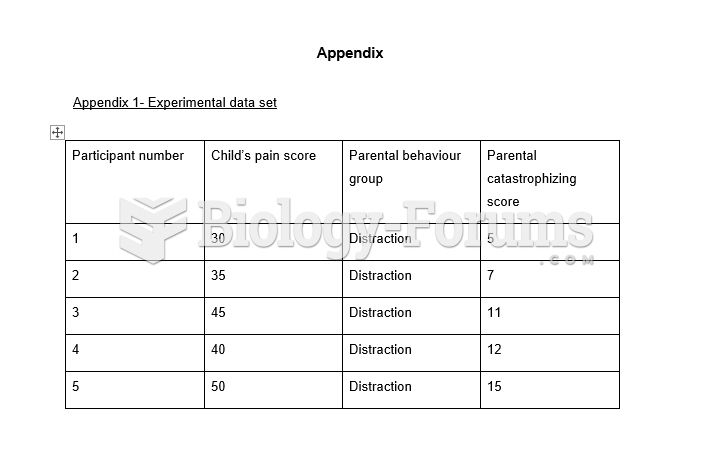Answer to Question 1
A
Answer to Question 2
A learning organization is an organization that purposefully takes steps to enhance and maximize the potential for explorative and exploitative organizational learning to take place. Some of the principles developed by Senge include personal mastery, complex mental models, team learning, building a shared vision, and systems thinking.
At the individual level, managers need to do all they can to facilitate the learning of new skills, norms, and values so that individuals can increase their own personal ability to help build the organization's core competencies. Senge has argued that for organizational learning to occur, each person needs to develop a sense of personal mastery. Thus, the organization should empower individuals to experiment, create, and explore what they want. The goal is to give employees the opportunity to develop an intense appreciation for their work that translates into a distinctive competence for the organization.
As part of attaining personal mastery, and to give employees a deeper understanding of what is involved in a particular activity, organizations need to encourage employees to develop and use complex mental models that challenge them to find new or better ways to perform a task.
At the group level, managers need to encourage team learning by promoting the use of various kinds of groups (such as self-managed groups or cross-functional teams) so that individuals can share or pool their skills and abilities to solve problems. Senge argues that team learning is as, or even more, important than individual-level learning in promoting organizational learning.
Another one of Senge's principles for designing a learning organization emphasizes the importance of building a shared vision. Building a shared vision involves creating an ongoing frame of reference or mental model that all of the organization's members use to frame problems or opportunities and that binds them to an organization.
Senge's last principle of organizational learning (systems thinking) emphasizes that in order to create a learning organization, managers must recognize how learning at the individual and group levels affect each other. For example, there is little point in creating teams to facilitate team learning if an organization does not also take steps to give its employees the freedom to develop a sense of personal mastery. By encouraging and promoting organizational learning at each of these levels (by treating organizational learning as a system) managers can build and create a learning organization that facilitate an organization's ability to make high-quality decisions rapidly.







